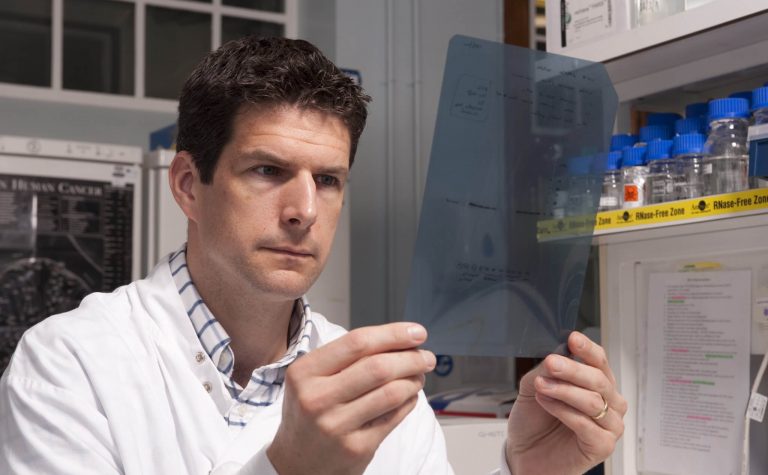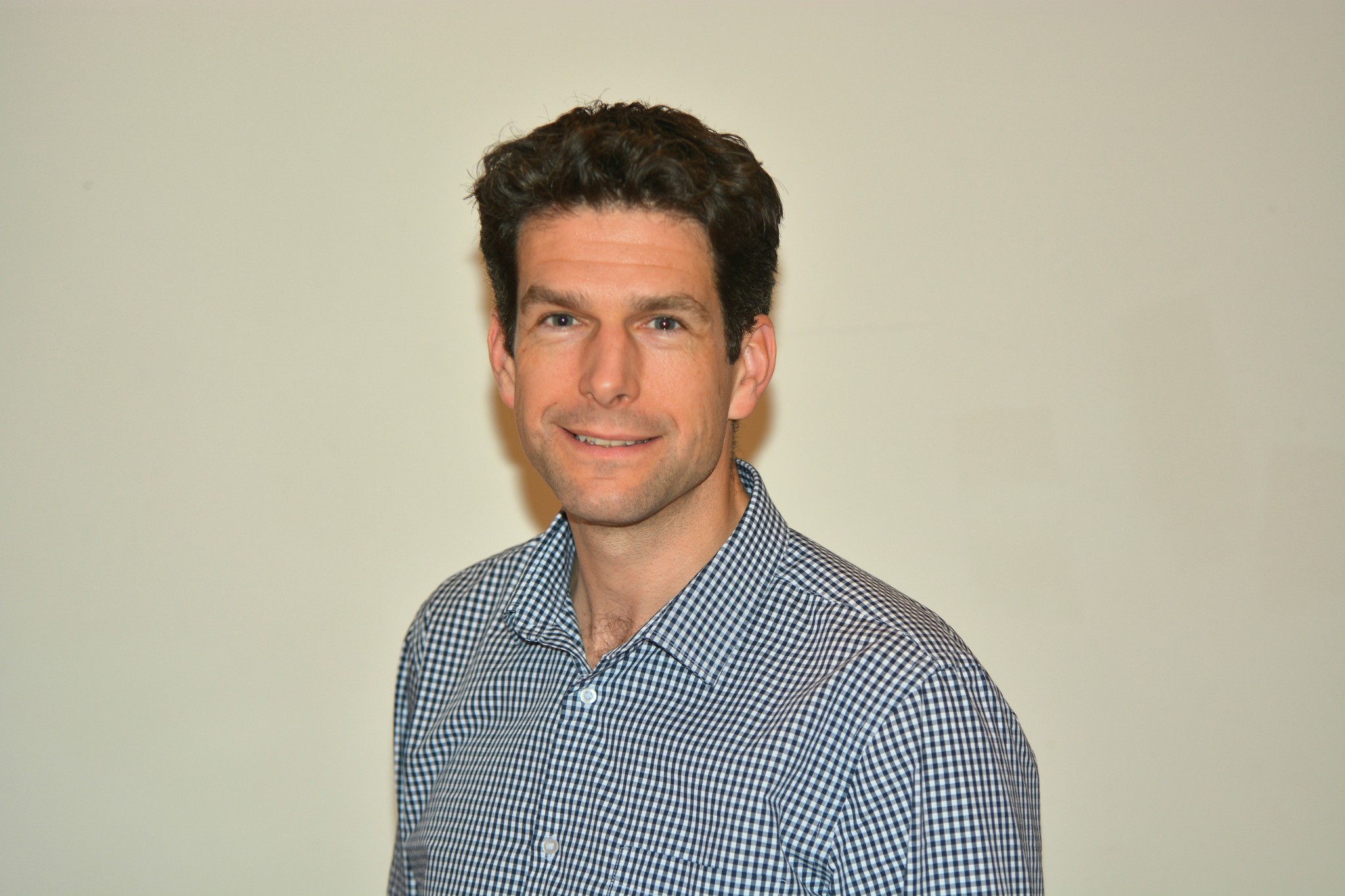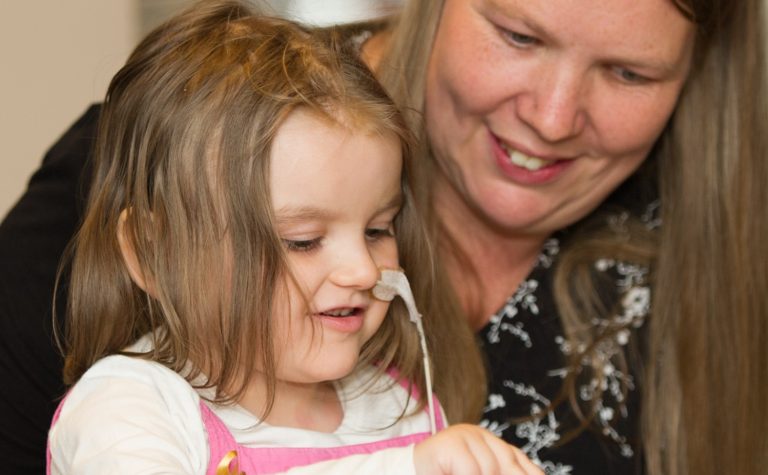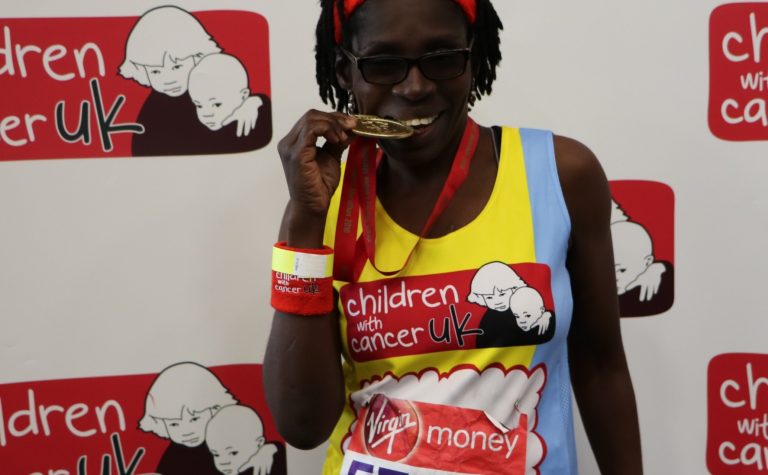Project Details
Project Title
Targeting oncogenic microRNA clusters in malignant germ cell tumours using tiny locked nucleic acids
Lead Researcher
Dr Matthew Murray
Research Centre
University of Cambridge
City & Institution Postcode
Cambridge CB2 1QP
Start Date
1 January 2015
Duration
54 months
Grant Amount
£149,252




